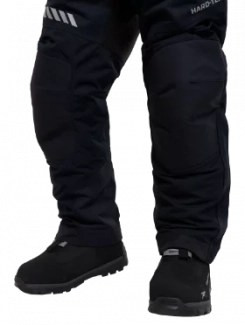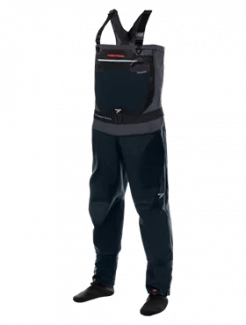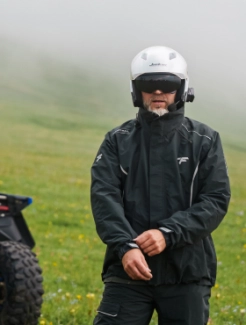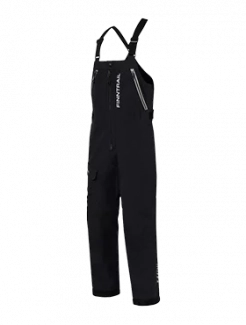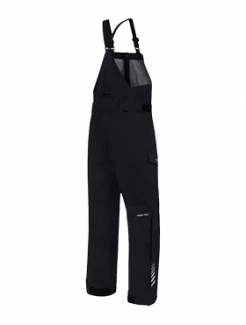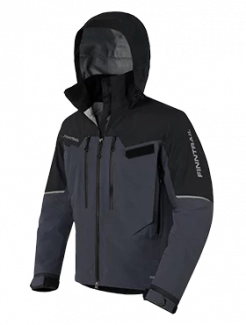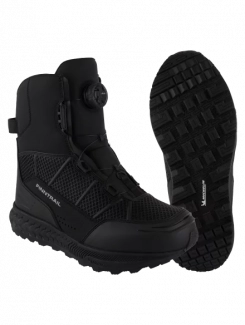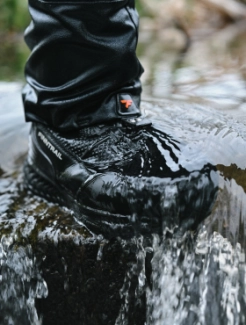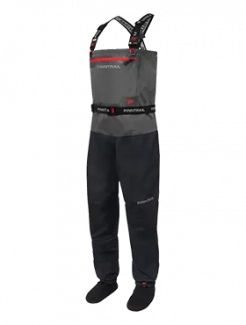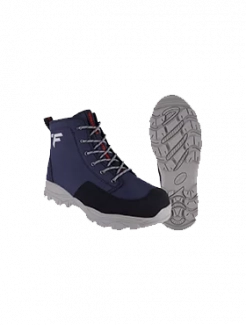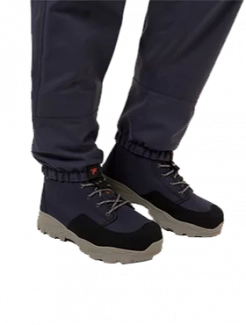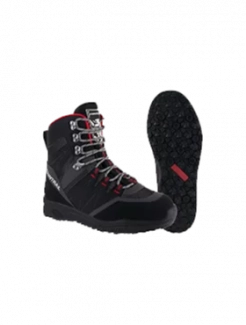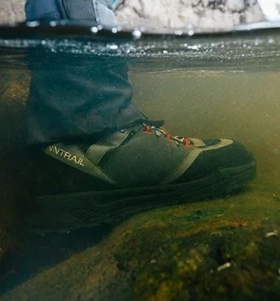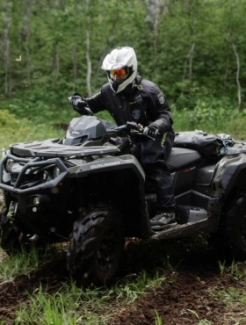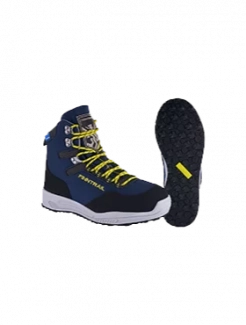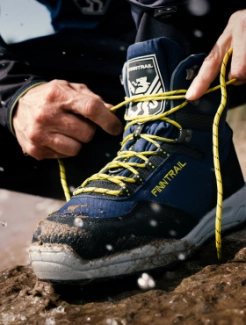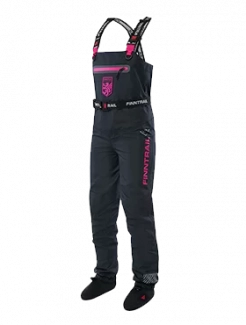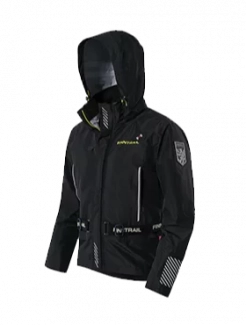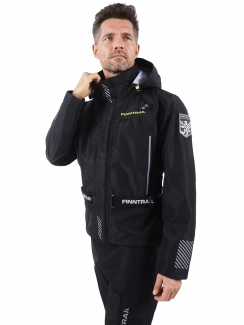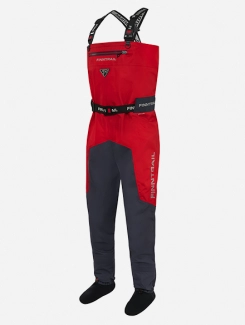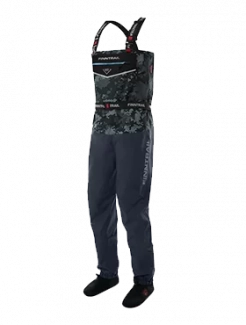How to Maintain A UTV Clutch
Many riders don’t pay much attention to their ATV clutch. Don’t be that rider. Read this post to learn why quad clutch maintenance is important, and how to clean and protect your clutch.
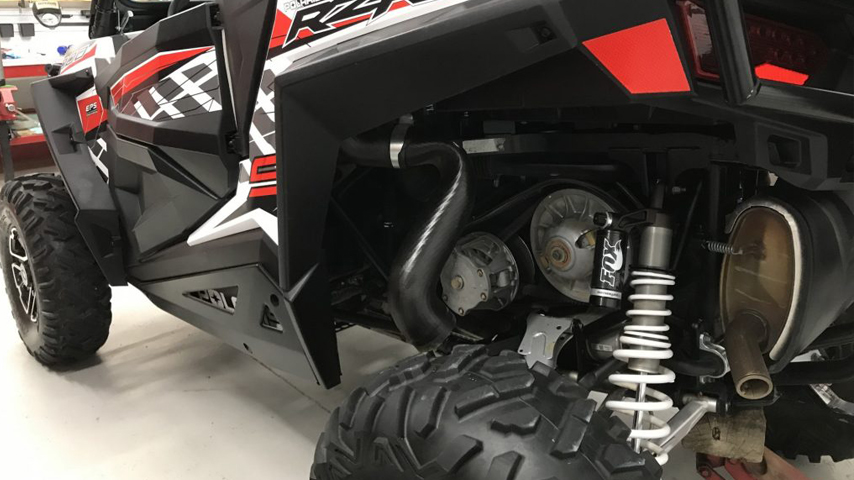
Why ATV Clutch Maintenance Is a Big Deal
Your ATV’s clutch system maintains smooth interaction between a constantly spinning ATV engine and the wheels, so your wheels only spin when you want them to. It’s easy to take them for granted or neglect clutch care. When everything is running well, you don’t think to check the clutch. It can also be hard to get to the clutch, and many off roaders don’t have the tools to do all that a clutch needs. Sadly, many clutches suffer because of this, and this is sad for you because if you neglect your clutch long enough, you can end up paying big money on repairs.
A dirty and worn 4 wheeler clutch will cause:
- Clutch slipping
- Clutch creeping
- A smell
- Lever jerking
- Really premature belt wear
Repairing the clutches to fix these problems is not cheap.
Dirty Clutches
Clutches seem protected by their clutch cases, but you’d be surprised how dirty they can get. That dirt interferes with the normal functions of the many moving parts inside a clutch. This can reduce your control over your machine or make it inoperable.
Where does the dirt come from?
- Dust on dusty and sandy trails can get inside the clutch case.
- Belt wear can deposit dust and rubber on the primary and secondary clutch.
- Submerging the ATV in mud or water can get mud, water, sand, and grit in the clutch case.
How to Maintain UTV Clutch and ATV Clutch
Clutch maintenance should be a regular part of your ATV maintenance, but the exact method and intervals differ depending on your riding style.
Check your clutch for dirt and damage after every ride if you race your ATV or ride in swampy areas.
Check your clutch at an interval of about two weeks’ worth of riding in mud.
If you primarily ride on dry ground, you can wait until it’s time to change your oil to check your clutch.
Make sure:
- The belt is in good shape.
- The weights are clean.
- The bushings aren’t worn.
- The alignment is right.
If you can’t do the maintenance yourself, take your ATV to a shop so they can do it.
How to Clean ATV Clutch and UTV Clutch
Make sure to read your owner’s manual or repair manual for the exact steps for your vehicle model.
General steps include:
-
Removing the tire to access the clutch case.
-
Removing all the screws from the clutch case.
-
Using a clutch remover tool on the secondary clutch to loosen it.
-
Noticing the direction of the belt and removing it.
-
Spraying both clutches with an air gun to remove loose dirt.
-
Using brake cleaner for more stubborn dirt, and making sure to let it dry thoroughly.
-
Wiping the sheaves on both clutches with a towel.
-
Checking for scratches or grooves in the clutches.
-
Checking the belt for wear and damage and replacing if necessary.
-
Reinstalling a new belt in the direction of the arrows on the belt and the same belt in whichever direction it was previously on.
Protect Your Four Wheeler Clutch
There are many ways you can protect your clutch so it stays in better shape longer.
Upgrade Your Drive Belt
Heavy duty belts are less likely to slip and last much longer than OEM belts. Do this if you are confident that you can purchase a good aftermarket belt. Otherwise, leave it be and maintain good belt maintenance.
Snorkel Your Quad
If you ride in a lot of mud or water, snorkel your ATV to keep junk out of your clutch case.
Switch to Rollers
Your clutch may currently have square slide blocks or rollers. If you have square slide blocks, consider switching to heavy-duty rollers. These will cause less friction and stand up to pressure longer. But don’t neglect them just because they last a long time. They’re not indestructible.
Carry a Replacement Belt
When you have a belt on hand, you can replace one that is damaged rather than keep riding until you get back to the trailer.
Also make sure whenever you install a belt that you don’t tighten it too tightly or force it into shapes it doesn’t want to go in.
Vary Your Gear
Some riders always ride in high gear. This isn’t necessary, and it wears out your vehicle super fast. Ride in low gear when you’re riding under 20 mph for prolonged periods, pulling a load and riding at low speeds, and at higher elevation. Be particularly mindful of this advice if you have an engine below 700cc.
Be Careful Reinstalling the Clutch Case
When you put the clutch case back on, make sure you get the seal back in place. Otherwise water will collect in the case.



